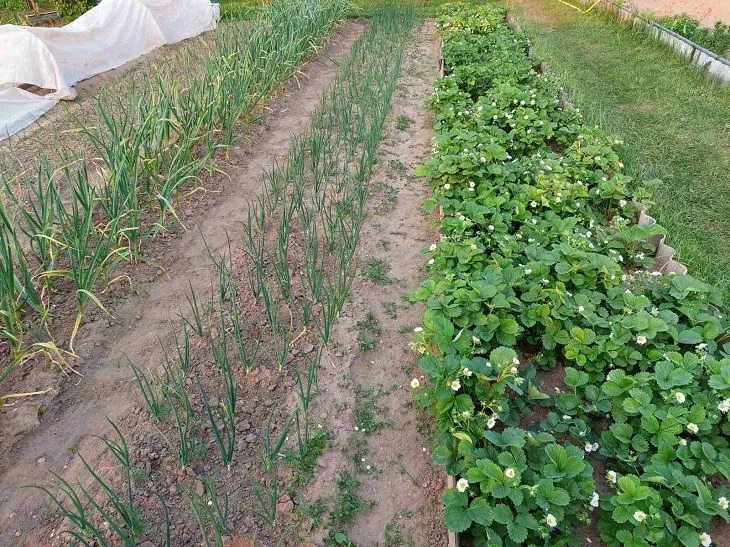Are there any downsides to mulching: negative effects are usually kept silent
During mulching, the soil under the plants, between the rows and around the tree trunks is covered with special materials.
This is done, as explained by the expert of the online publication BelNovosti, scientist-agronomist, landscape designer Anastasia Kovrizhnykh, in order to protect crops from unfavorable environmental conditions and improve the properties of the soil.
Mulch can be used not only in open ground conditions, but also in greenhouses and orangeries.
Moreover, this technique is often used in indoor plant growing.
Mulching has many benefits.

For example, a layer of mulch prevents erosion and crusting of the soil, and also helps to retain moisture in the soil. Thanks to this procedure, gardeners manage to reduce the number of weeds and maintain the looseness of the soil.
In fact, the list of advantages can go on and on, but it would be much more interesting to learn about the disadvantages of mulching, because they usually remain in the shadows.
It is worth starting with the fact that incorrect mulching technology threatens to harm plants.
In addition, if you use organic materials as a cover for your beds, you should be prepared for the fact that the area may be infested with pests, ranging from slugs to moles.
Fortunately, this problem is easy to prevent: just renew the mulch layer in a timely manner.
In addition, if you decide to mulch the beds with untimely mown grass, it may contain weed seeds that will germinate with the onset of spring.
Finally, owners of clay areas need to be aware that too thick a layer of mulch can cause rotting processes.
